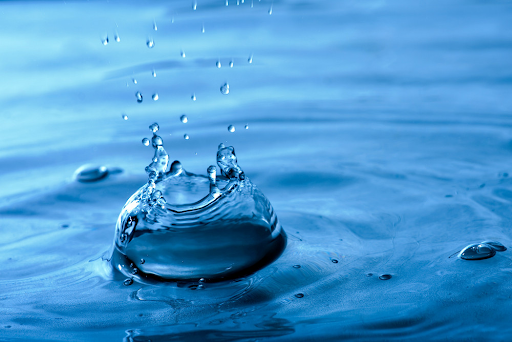4 minute read
It is tempting to assume that your home will always function as well as it does today, but most homeowners know too well that to ensure efficiency and safety, houses require a lot of work. Because water is one of the biggest threats to your home — and potentially to your wallet — you need to conduct regular checks for water leaks and fix any leaks you find. Here are a few key areas in your home that are likely to experience leaks and what you can do to stop the water before it becomes dangerous.
Faucets
Every fixture in the bathroom has some potential to leak, as the shower, tub, toilet and sink are all connected to water pipes. However, bathroom faucets experience a significant amount of use, and they tend to include components that are sensitive to wear and tear. As a result, even relatively new faucets can leak, issuing small drips that raise water bills, lower water pressure and cause other sorts of damage. Some signs of leaky faucets include wetness in an unused sink and a rhythmic drip-drop from the bathroom, often most easily heard at night when other household sounds are at a minimum. Fortunately, leaky faucets are not catastrophes, and in fact, you should be able to fix a leaky faucet yourself.
Under Sinks
Images of under-sink leaks are often exaggerated; water rarely spews out from beneath the sink with such vigor as you might see in plumbing commercials. Instead, under-sink leaks are likely to be quiet and insidious, causing excessive damage to your home before you notice any sign or symptom of a problem. Any time you reach beneath any skin, you should look for any indications of a leak, which might include moisture on the pipes or surrounding surfaces, cracks in the pipes, water damage or an unpleasant odor. You might also detect an under-sink leak by hearing strange noises from your sink or noticing pools of water on the floor. As soon as you suspect an under-sink leak, you need to call a professional for help.
Refrigerators
Fridges with water and ice dispensers are connected to your home’s water line, which means they could be a possible source of a water leak. You should make a habit of cleaning inside and around your refrigerator, which will give you the chance to move your fridge every few months and check the water line for signs of damage. Unexplained puddles of water near your fridge could be a sign that a leak is occurring. You should disconnect the water line to your fridge as soon as possible and call a plumber or appliance repair specialist for help.
Water Heaters
A traditional water heater has a lifespan of about 10 years — and that is with regular maintenance. In truth, you should expect your water heater to leak sooner or later; the key is finding the leak early, so it does not cause damage to the rest of your home. Unfortunately, because water heaters are usually located in out-of-the-way areas, you need to go out of your way to check your water heater for signs of leaks. Every valve and pipe, as well as the tank itself, could develop a leak, so you should set a reminder to give your water heater a once-over every couple months. If you do see a problem, you might call a plumber to assess whether it is fixable or whether you need a new water heater installed.
Outdoor Hoses
Though indoor leaks do pose greater risks to your home, outdoor leaks can be annoying, expensive and somewhat dangerous. Like faucets indoors, outdoor spigots tend to experience a lot of use, and their workings can degrade faster due to exposure to outdoor elements, like dust and extreme temperature changes. To catch an outdoor leak, you might place an empty container below a spigot and check for moisture every so often. You might also search the ground beneath a spigot or hose for signs of unexplained dampness. Also like faucets, you can replace a hose bib yourself, which is the easiest and most likely remedy of outdoor leaks.
You can’t have a home without water, but water poses an extreme risk to your home. By remaining vigilant for leaks, you can keep your home safe from excessive damage while enjoying the benefits of modern plumbing.





